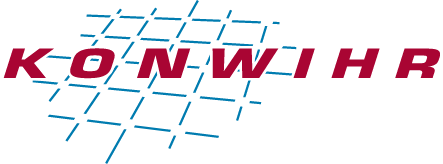Applicant
Prof. Dr.-Ing. Heike Emmerich
Material- und Prozesssimulation
Universität Bayreuth
Project Overview
Colloidal Quasicrystals are of continuous interest due to their fascinating and comparatively easy in-situ to study fundamental properties. To do this they are an important model system for all aspects of crystaline structuring at the nanoscale as e.g. nucleation. Recently they have attracted increased interest as promising candidates for advanced photonic materials in a range of optical devices. To support the development of the latter their efficient computation, which would successively access questions of structuring inherently coupled to photonic spectra would be most desirable. This requires efficient simulation approaches at the atomic to nanoscale, which can grasp all relevant features of structuring with the perspectives to successively couple in a polarization field for the photonic properties. Todays approaches are far from that: atomic simulations based on LAMMPS allow to establish the phase-diagram for a given material system with high computational demand, as depicted below. Phase-field crystal simulations are a computationally more efficient alternative. These operate at atomic time and diffusive length scales, and are thus several orders of magnitude faster than traditional atomic simulations. Since they are a continuum field approach, they offer the perspective for a successive coupling to photonic properties via a polarization field.
To that end, however, an increase of the computational efficiency of both approaches to develop them further for the above scientific questions is an important first step. This proposal is meant as a first step in this direction. Further below we report our preliminary work to establish colloidal phase-diagrams with either method along with related computational aspects, in particular parallel performance. We apply for support for six months to work on an optimization of that performance in the framework of the KONWIHR III program.

